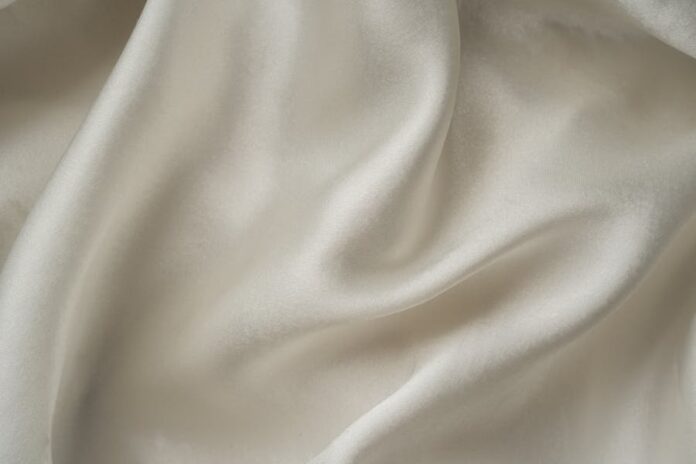Silk is a high-value fabric. It’s been appreciated for centuries because of its softness, shine and hypoallergenic qualities. Silk duvets, in particular, are the type of bedding if you wish for lightweight warmth and comfort. Have you ever thought about how these masterpieces are made from the raw material to the final piece? If you are curious to know about your journey, this article is written just for you. Read to know about the journey your silk duvets take to reach your comfy bedroom.
The Raw Material
Silk duvets are largely made of mulberry silk obtained from the silkworms of the Bombyx mori moth. Mulberry silk is globally valued for its fine quality, strength, and lustrous look. The process starts with the cultivation of mulberry trees, which are the only source of food for silkworms.
The silkworms are handled with utmost care and provided with a diet of mulberry leaves till a stage when they are ready to make their cocoons. All the cocoons are built from a single continual thread of silk fibres that can reach up to a length of 900 meters. The cocoons are then picked and boiled to melt the sericin, a natural protein that keeps the silk fibres united.
Spinning Silk into Thread
Once the sericin is softened following the treatment, the silk fibres are extracted from the cocoons. This practice, known as reeling, is the process of unrolling the thread of silk from the cocoon. After this process, the threads from many cocoons are twisted together to make a single, strong thread.
The silk is then spun onto bobbins, ready to be woven into clothes. The silk thread quality is yet the key factor, because it will influence the softness, strength, and durability of the bedding.
Weaving the Silk Fabric
Silk thread is now ready to be made into fabric. Silk weaving is a complex and demanding procedure, this is the reason why it requires very high precision and attention to detail. Many types of looms are used in silk fabric manufacturing, including both handlooms and power looms.
Various kinds of weaving designs can be used to produce a wide range of textures and patterns on the fabric. The most commonly used weaving technique for silk duvets is a simple plain weave that produces a flat and even fabric, which is great for bedding.
Filling the Duvet
Once the silk fabric is weaved, it is ready to get filled inside a duvet. The silk fibres used for filling are more uneven and shorter in length than the threads used for weaving. This gives the duvet a soft, fluffy, lightweight, and warm feel.
The silk fibres are woven together in such a way that they are evenly distributed throughout the duvet cover. This is to ensure the sleeper gets uniform warmth and comfort. After this, the duvet is sewn up, so all the silk fibres are sealed inside. One of the top sewing methods today for duvets is Baffle box construction. This method ensures the silk is placed steadily in one place to eliminate cold spots.
Quality Control and Testing
During the entire manufacturing process, stringent quality control measures are enforced. This is to make sure every silk duvet is up to the highest standards of quality and workmanship. Some of the commonly conducted quality control tests include checking the weight, thickness, and sewing of the duvet. Also, the duvet is examined for the presence of any errors in the silk fabric.
Packaging and Shipping
Finally, the Silk Duvets are tested by quality control and then carefully packed and prepared for shipping. Special caution is exercised during the shipment as silk is a delicate fibre. In addition to the use of eco-friendly materials, sustainable packaging options are also employed in shipping to cut down the environmental impact.
To Wrap Up
Silk duvet production, from the beginning to the very end, is a demanding and time-consuming process. The process requires knowledge, patience, and attention to every minute detail. The end result of this process is a bedding masterpiece which is not only beautiful but also soft, lightweight and warm. Visit an offline or online store to explore options that align with your unique needs and budgets.






















